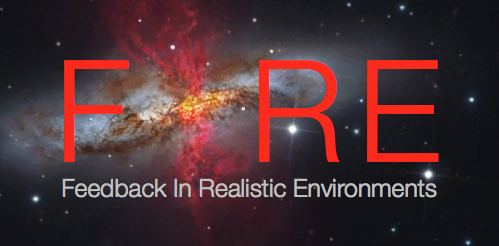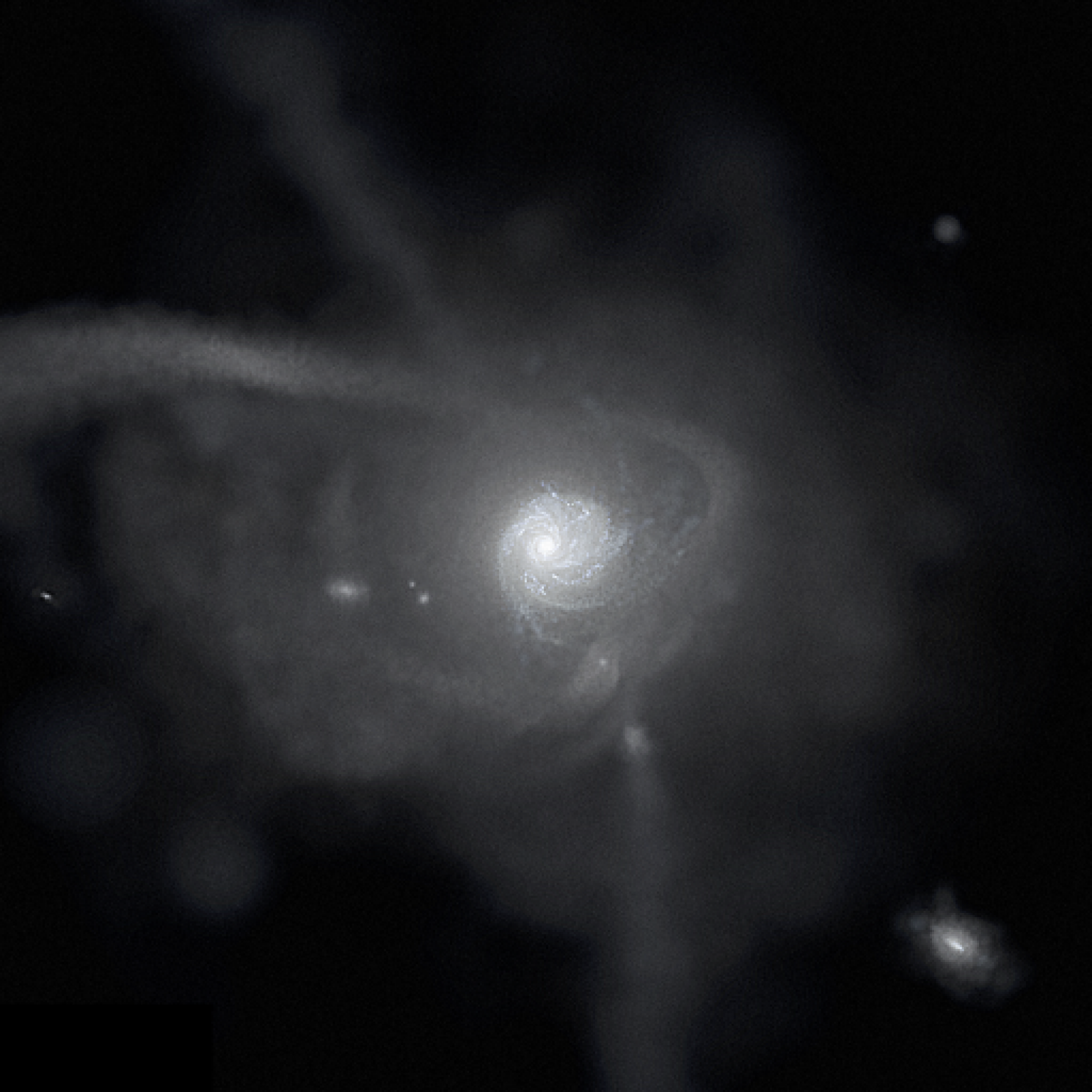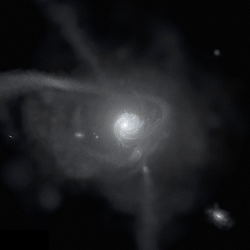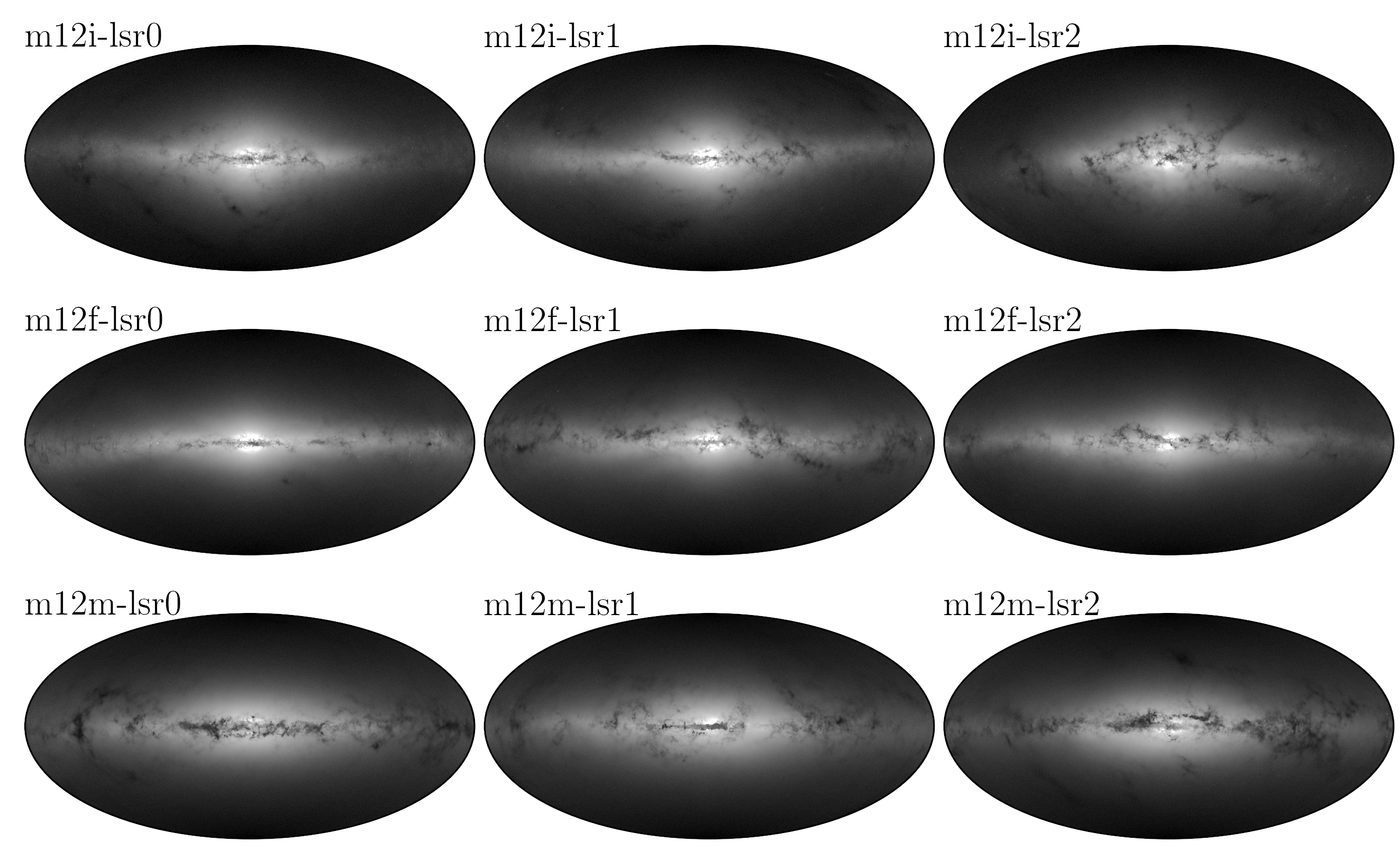
With our second public data release, we have released nearly every FIRE-2 simulation, with nearly every snapshot for each simulation.
In Wetzel et al 2025, we describe the second public data release (DR2) of the FIRE-2 simulations, available at flathub.flatironinstitute.org/fire. DR2 contains nearly every available snapshot from 119 simulations, spanning massive to Milky Way-mass to ultra-faint galaxies, with up to 601 snapshots each across z = 0 to 99, as well as halo/galaxy catalogs with full merger trees, particle tracking, and 3-D formation coordinates for all star particles. DR2 also includes physics variations, including dark-matter-only resimulations, resimulations with a modified ultraviolet background, and resimulations with magnetohydrodynamics (MHD) and cosmic rays.


